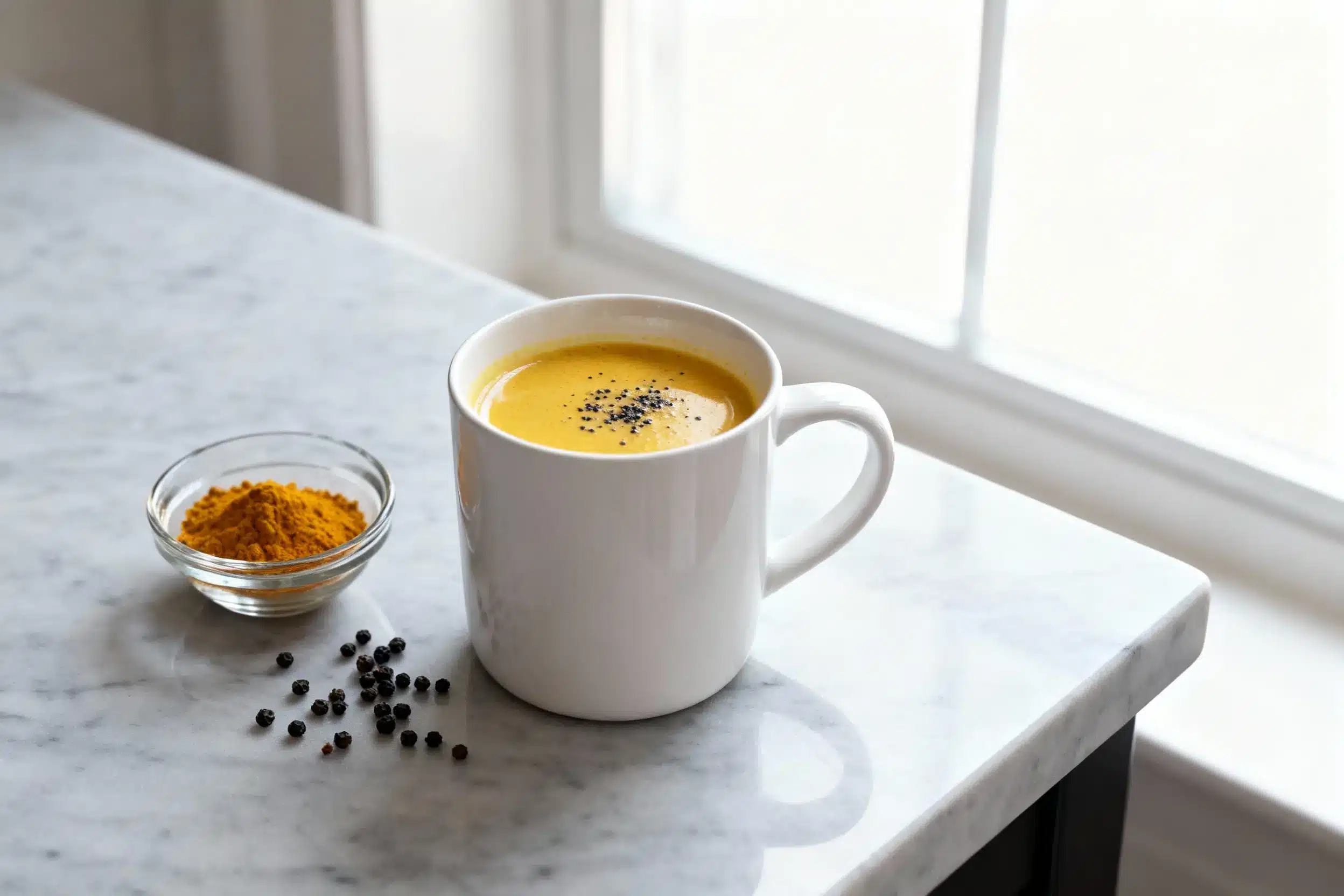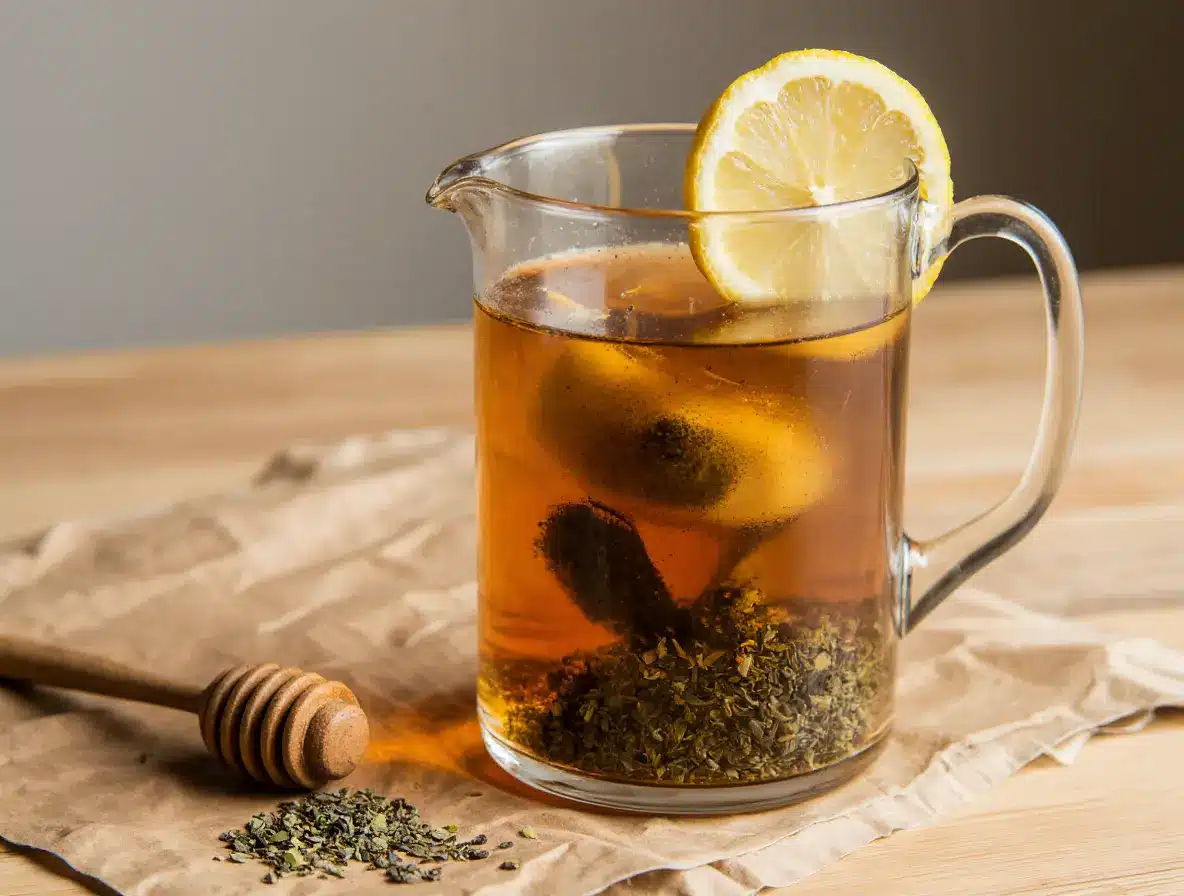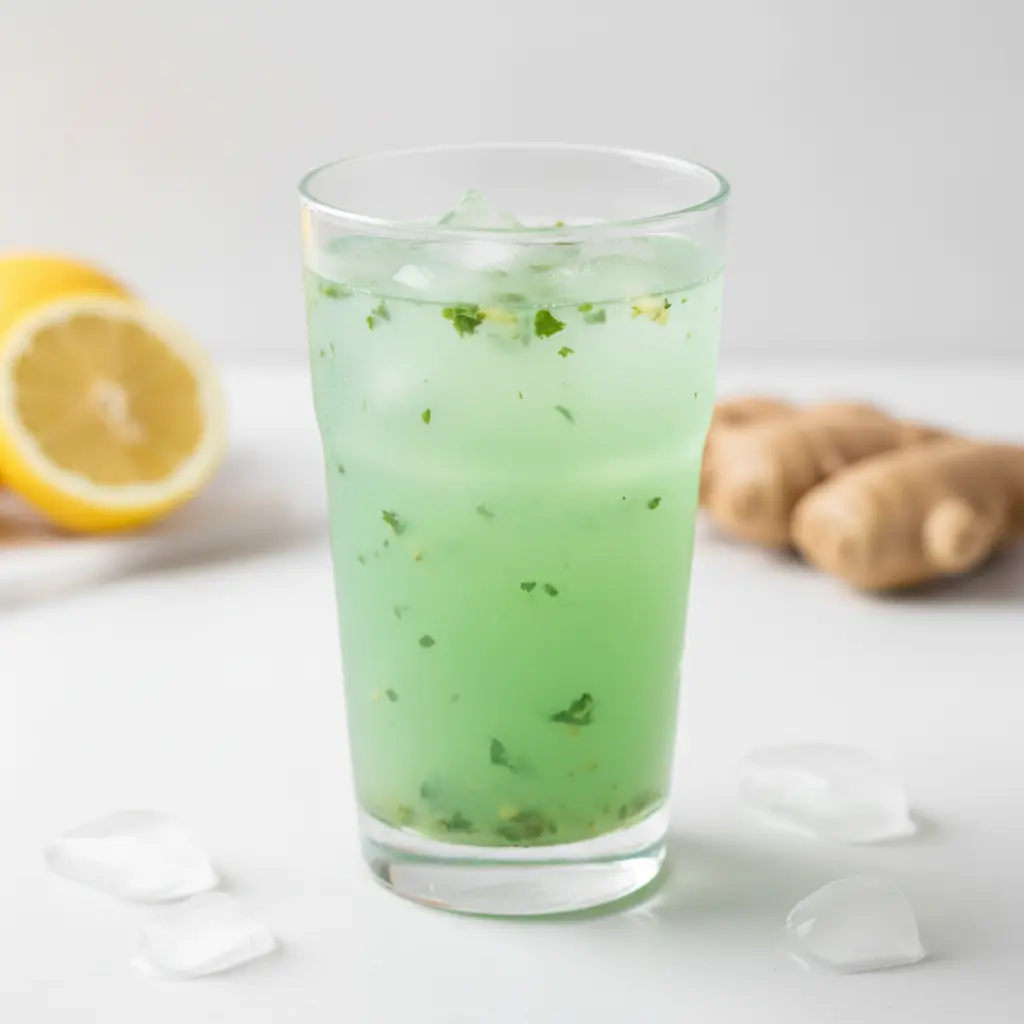
Looking for a flavorful, feel-good drink that supports wellness goals without complicated steps? The Japanese Mounjaro recipe has captured hearts with its simplicity and balance. Inspired by ancient traditions and backed by a wave of curiosity online, this soothing mixture blends natural ingredients in a way that feels calming and revitalizing. Whether you’re looking for a gentle detox, a daily ritual, or a lighter alternative to sugary drinks, this is worth a closer look. In this article, we’ll share the story behind the Japanese Mounjaro recipe, how it fits into your wellness routine, and how to make it right in your own kitchen.
Table of Contents
Table of Contents
How I Discovered the Japanese Mounjaro Recipe
A Quiet Morning and a Not-So-Quiet Curiosity
It all started with a late-night scroll through my kitchen inspiration bookmarks. I had been reading about natural ways to reset the body without giving up flavor—something soothing yet purposeful. That’s when I stumbled upon whispers of a “Japanese Mounjaro recipe.” I’d never heard of it before. But what caught my attention was how people described it—not as a fad, but a gentle, almost meditative drink rooted in traditional ingredients.
It reminded me of when I first brewed my lemon balm detox drink last summer—light, refreshing, and surprisingly satisfying. The Japanese Mounjaro recipe felt like it came from the same spirit of balance and care. Naturally, I had to try it.
The name might make you think it’s related to the Mounjaro medication, but this drink is different—it’s food-based, gentle, and completely natural. Some even say it’s “better than Ozempic,” a bold claim I first saw while exploring this lemon balm recipe.
Why This Recipe Felt Different
What drew me in wasn’t just the idea of weight support or wellness claims—it was how simple the ingredients were. Think pantry staples with a Japanese twist: pink salt, citrus, and a touch of something fermented. I loved that it didn’t require a blender, powder, or pricey supplement.
As I made it for the first time, I remember thinking, “This feels like a ritual.” Stirring the salt slowly, adding the juice, watching it swirl—it gave me a quiet moment in the morning before the chaos of the day. And when I took that first sip, it was surprisingly good. Clean. Bracing. Bright.
Since then, it’s become one of those recipes I come back to, especially when I’m feeling a little sluggish or out of sync. And now? I can’t wait to share it with you.
Making the Japanese Mounjaro Recipe at Home
Ingredients That Work in Harmony
What makes the Japanese Mounjaro recipe stand out is its thoughtful simplicity. Each ingredient plays a role—not just for taste, but for how it makes you feel. Here’s what you’ll need:
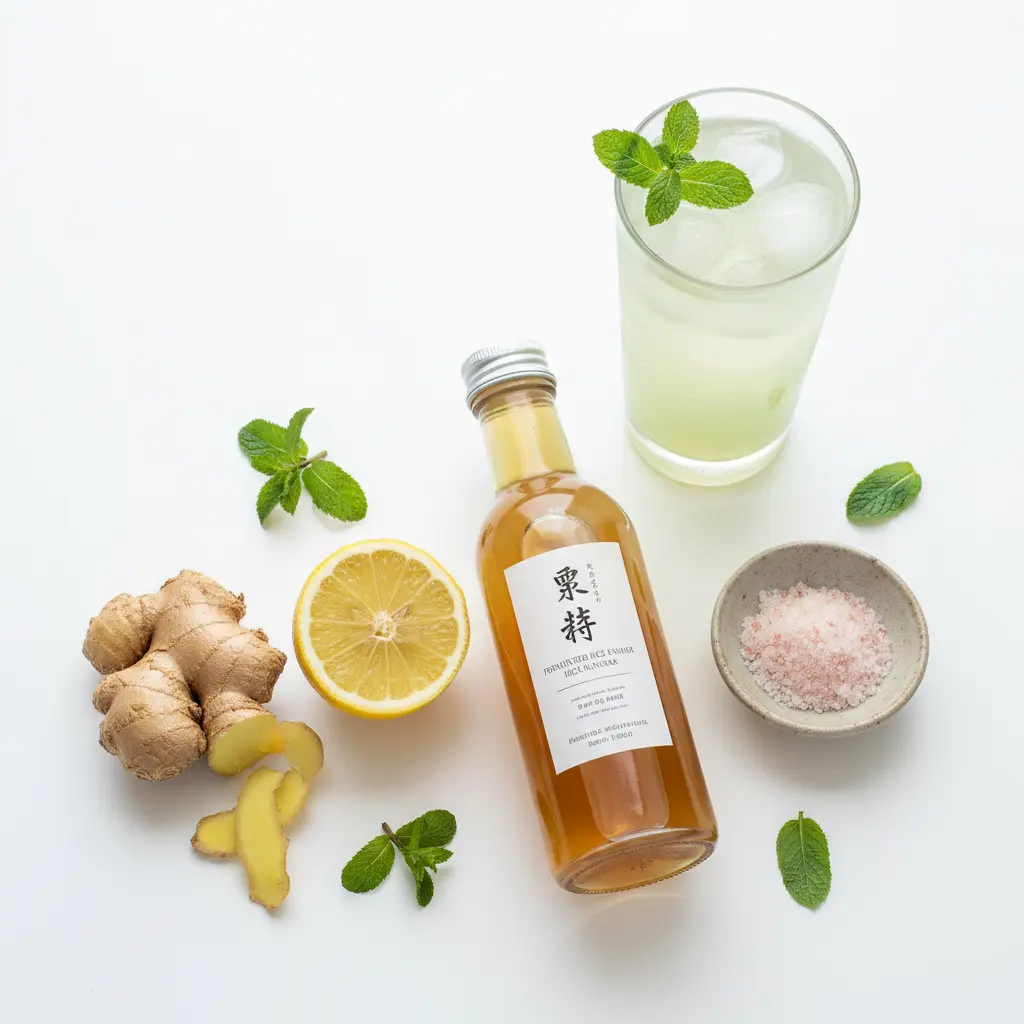
- ½ tsp Japanese pink salt – This isn’t just for flavor; it’s rich in trace minerals that help replenish electrolytes and support hydration. You can learn more about it in this Japanese pink salt recipe.
- Juice of ½ a lemon – Bright, tangy, and known for supporting digestion and metabolism.
- 1 tsp fermented rice vinegar (or apple cider vinegar) – Adds a subtle zing and promotes gut health.
- 1 cup warm water – Not boiling, just warm enough to dissolve the salt without harming the beneficial properties of the other ingredients.
Optional additions:
- ¼ tsp grated ginger – for a warming kick.
- A few mint leaves – if you enjoy a cooling finish.
You might recognize some of these ingredients from other wellness drinks, like our natural Ozempic drink recipe. The goal is balance—not overwhelming flavors, but a blend that feels nurturing from the first sip.
Step-by-Step: A Ritual Worth Savoring
The beauty of this recipe is that it takes just a few minutes. But those few minutes can set the tone for your day.
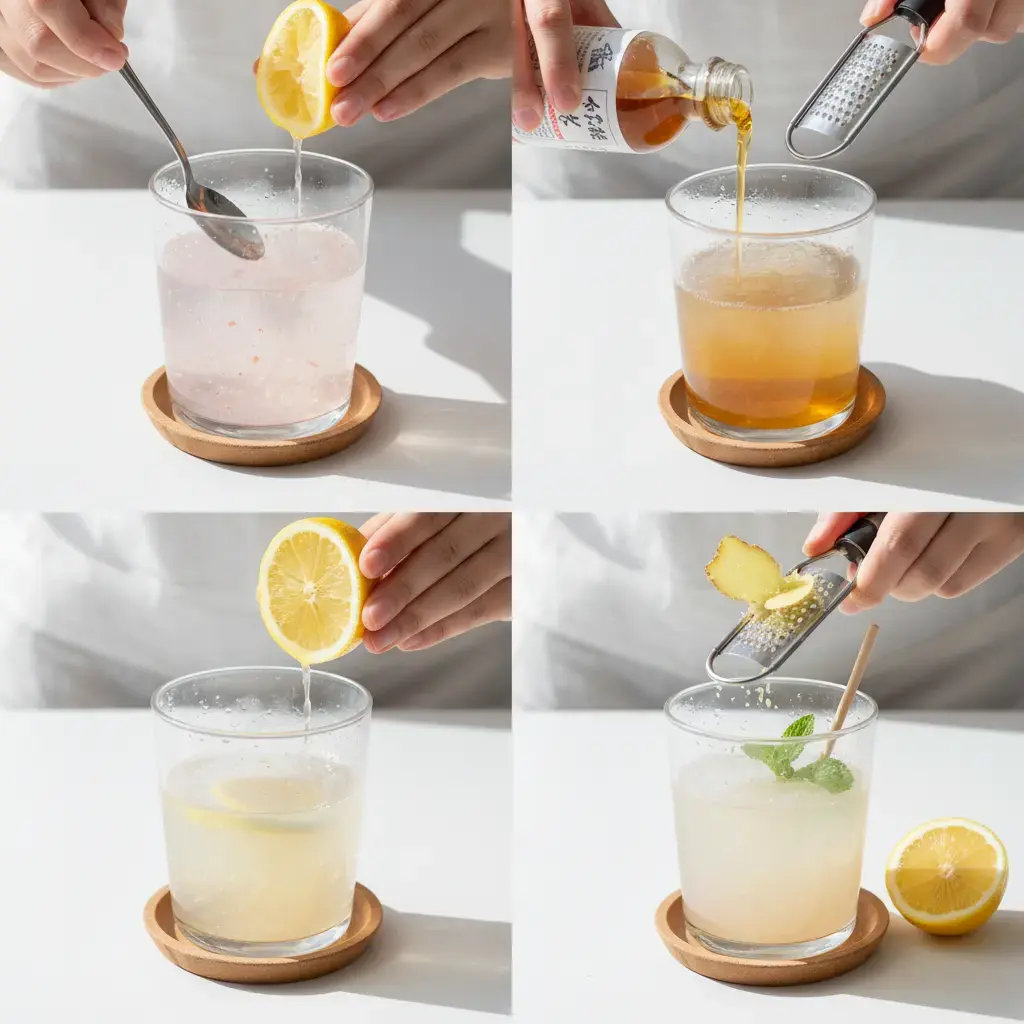
- Warm your water—not too hot. You want it cozy, like a comforting bath.
- Add the pink salt and stir until it fully dissolves. This is the base of your drink, and it’s where the grounding flavor begins.
- Squeeze in fresh lemon juice. Stir again gently. The citrus cuts through the salt, waking up the senses.
- Add the vinegar. This is the twist—earthy, tangy, and surprisingly smooth when balanced with lemon.
- (Optional) Grate in fresh ginger or add mint if you’re feeling fancy.
- Give it one final stir, and take a sip. Warm, salty, tart, and just sharp enough to feel alive.
This is the kind of drink you sip slowly. Don’t gulp it down. Let your body absorb it like morning light through a window. It’s that kind of gentle wake-up call.
Pro tip: Try it before breakfast, and notice how it gently eases digestion. Some readers pair it with lighter meals like a chia seed water recipe later in the day to stay on track with hydration and wellness goals.
Why the Japanese Mounjaro Recipe Has People Talking
What People Notice When They Try It
People aren’t turning to the Japanese Mounjaro recipe just for taste—it’s what they feel afterward that keeps them coming back. Some describe it as a lightness in the body, a sense of being gently rebalanced. And it makes sense. Between the pink salt’s mineral support, the vinegar’s digestive help, and lemon’s detoxifying punch, the blend creates a drink that feels both ancient and smart.
This recipe has found a steady spot in many morning routines. It’s especially loved by those easing off sugary drinks or looking for a non-caffeinated way to start the day. For some, it pairs beautifully with other healthy habits, like sipping lemon balm detox drinks or swapping sugary snacks for simple options like protein-rich Brazilian Mounjaro recipes.
But it’s not just buzz. People are noticing less bloating, steadier energy, and better hydration after a week or two of enjoying this mix.
What Do Doctors Say About the Japanese Mounjaro Drink?
Let’s be clear: this recipe isn’t a medication or a replacement for professional treatment. But many doctors support using drinks like this as part of a healthy daily habit. Why?
- Electrolyte support from natural salts can help with hydration, especially in low-carb diets.
- Acidic components like lemon juice and vinegar may improve digestion and glucose response after meals.
- Morning hydration sets a positive tone for the day—helping curb cravings and support metabolism.
Doctors often point out that small, consistent habits make the biggest difference. Starting your day with something intentional—like the Japanese Mounjaro recipe—can help you stay mindful about the rest of your choices.
For those curious about medical comparisons, we’ve also shared thoughts in our guide on how long it takes Mounjaro to work, including what to expect in terms of time and results when using food-based methods versus prescriptions.
This drink isn’t a cure or a miracle. But in a world full of extremes, it’s refreshing to find something that feels rooted in simplicity—and still works with your goals.
FAQ About the Japanese Mounjaro Recipe
What are the ingredients in the Japanese Mounjaro?
The classic Japanese Mounjaro recipe includes Japanese pink salt, fresh lemon juice, warm water, and fermented rice vinegar. Some versions also add ginger or mint. It’s designed to hydrate, support digestion, and offer a balanced start to your day without any artificial ingredients
What is the Japanese 4 ingredient drink for weight loss?
This refers to the same Japanese Mounjaro-style drink. The four ingredients—pink salt, lemon, vinegar, and warm water—are often praised for their simplicity and synergy. Together, they create a drink that may reduce bloating and support metabolism, especially when used consistently in a morning routine.
What do doctors say about Japanese Mounjaro?
While doctors don’t promote it as a medical treatment, many agree the ingredients offer wellness benefits. Natural pink salt can help with electrolyte balance, while lemon and vinegar may aid digestion and support a healthier glucose response. It’s often recommended as part of a balanced approach rather than a replacement for medical advice.
What are the three ingredients in this Japanese weight loss recipe?
In its simplest form, the three core ingredients are lemon juice, fermented vinegar, and warm water. Pink salt is often included as a fourth, but if you’re following a low-sodium diet, you can reduce the amount or skip it entirely. Even without the salt, the drink still supports gentle cleansing and digestion.
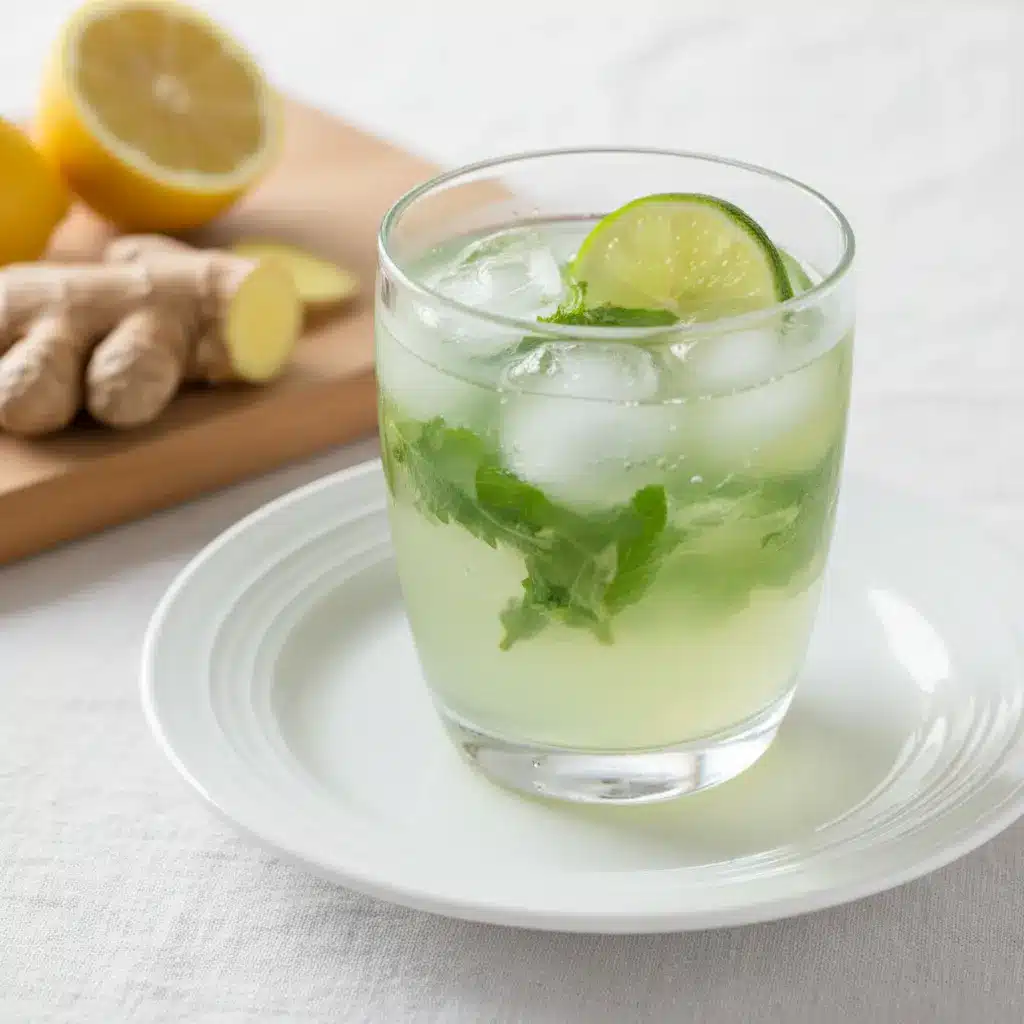
Conclusion: Small Rituals That Make a Big Difference
The Japanese Mounjaro recipe isn’t flashy, and that’s exactly the point. It’s humble. Thoughtful. A few minutes in the morning, a warm cup in your hand, and the feeling that you’re doing something kind for your body. That’s what makes it stick.
If you’ve been searching for something simple to support your wellness journey—something real, not hyped—this could be it. Whether you’re curious about its calming start, love the natural flavors, or just want a better way to hydrate, the Japanese Mounjaro drink is a beautiful way to begin.
Try it for a week. Notice how you feel. And if it works for you, let it become your own quiet ritual. No pressure, just presence—and a reminder that the best recipes don’t just nourish; they connect.
Print
Japanese Mounjaro Recipe: Easy, Refreshing, and Packed with Flavor
- Total Time: 5 minutes
- Yield: 1 serving
Description
A gentle Japanese-inspired wellness drink made with four simple ingredients: pink salt, lemon, vinegar, and warm water. A soothing ritual for morning balance.
Ingredients
½ tsp Japanese pink salt
Juice of ½ a lemon
1 tsp fermented rice vinegar or apple cider vinegar
1 cup warm water
Optional: ¼ tsp grated ginger or mint leaves
Instructions
1. Warm your water (not boiling).
2. Add pink salt and stir until fully dissolved.
3. Squeeze in lemon juice and stir.
4. Add vinegar and optional ginger or mint.
5. Stir again and sip slowly.
Notes
Best enjoyed on an empty stomach in the morning.
Avoid very hot water to preserve ingredient benefits.
Pair with a light breakfast or drink alone for gentle detox.
- Prep Time: 5 minutes
- Cook Time: 0 minutes
- Category: Drinks
- Method: No-cook
- Cuisine: Japanese-Inspired
Nutrition
- Serving Size: 1 cup
- Calories: 7
- Sugar: 0g
- Sodium: 280mg
- Fat: 0g
- Saturated Fat: 0g
- Unsaturated Fat: 0g
- Trans Fat: 0g
- Carbohydrates: 2g
- Fiber: 0g
- Protein: 0g
- Cholesterol: 0mg



